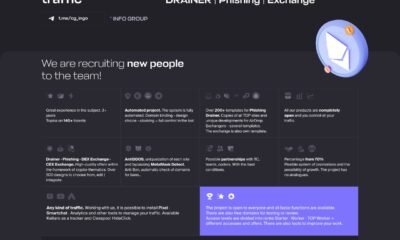In this article, we’ll discuss the UX/UI design of healthcare websites and how to ensure compliance with HITECH regulations. We’ll also discuss the importance of a search function for your site, and the cost of healthcare web development. After we’ve discussed these topics, you’ll be ready to hire an agency or freelancer to design your healthcare website.
UX/UI design of a healthcare website
When designing a healthcare website, it’s important to keep your patient’s experience in mind. While you can’t control the outcome of every interaction, you can design an experience that’s pleasing to the eye and easy to navigate. Focusing on the patient’s needs and wants will help you choose the most effective layout, colors, and visual elements.
Make sure that your site’s buttons are large enough to tap. If they’re not easy to see, users will lose interest and click away. To make them easy to see, use a consistent color scheme that is easy to read and easy to locate. Also, avoid decorative fonts. The healthcare industry has different requirements for websites.
Compliance with HITECH
Compliance with HITECH is an important aspect of healthcare web development. This act was put into effect to help improve the adoption of health information technology tools. This act also made healthcare organizations adhere to stricter data security standards. In order to meet these standards, healthcare organizations must follow a number of software testing guidelines. A HITECH compliance guide can be useful in this regard.
HITECH’s aim is to improve the exchange of health information across different geographic levels. It also seeks to improve health outcomes for individuals and the population as a whole. In the early stages, it was envisioned that MU requirements would be gradual, developing in complexity over time. The intent was to move beyond formal requirements to an ongoing process of transformation of care delivery and patient-provider interaction.
Cost of healthcare web development
The cost of healthcare web development depends on several factors, including the type of solution you need, the type of development team and the platform. It is common for healthcare web development to cost anywhere from $5,000 to $100,000. A good rule of thumb is to keep in mind that a well-designed healthcare website requires 1,500 man-hours to develop.
The first step in healthcare web development is deciding on the number of features that you need. The more complicated your website is, the higher the cost. For example, if you are looking to build a website for a medical practice, you may want a telemedicine app that focuses on a patient’s pain areas. Likewise, a healthcare web application should include an integrated scheduler that can deliver notifications and synced alerts. An integrated scheduler will add $1,000 to $3,000 to the cost of healthcare web development.
Need for a search option
When designing a healthcare web site, you will need to have a search option for patients. You must make the search box easy to find, visible on every page, and offer suggestions as the user types. Search results should be grouped in categories and subcategories. Then, filters should be available for users to narrow down their search. And, you must provide a contact form and an easy way to book appointments.
It is imperative for healthcare providers to create a personalized patient experience. Hiring more front-line staff and assigning them to answer patient inquiries can be expensive and time-consuming. A better approach is to use search technology that is optimized for scalability.
Integrated BI solution
Healthcare web developers can use an integrated BI solution for better data visualization. Tableau, a leader in data visualization, can make it easier for healthcare organizations to become data-driven and empowered by visual analytics. The user interface is simple and intuitive, and it allows users to make informed decisions through interactive dashboards and reports. The platform is available in both SaaS and self-hosted deployment models. It also features a machine-learning tool that automates data preparation through a self-service data preparation process called Tableau Prep.
In addition to providing data analytics, BI software can provide healthcare organizations with a better understanding of their finances and patient outcomes. By using the information, they can make improvements in the quality of care they provide to their patients. This can ultimately result in improved patient outcomes and fewer repeat visits. It can also cut operating costs.


















